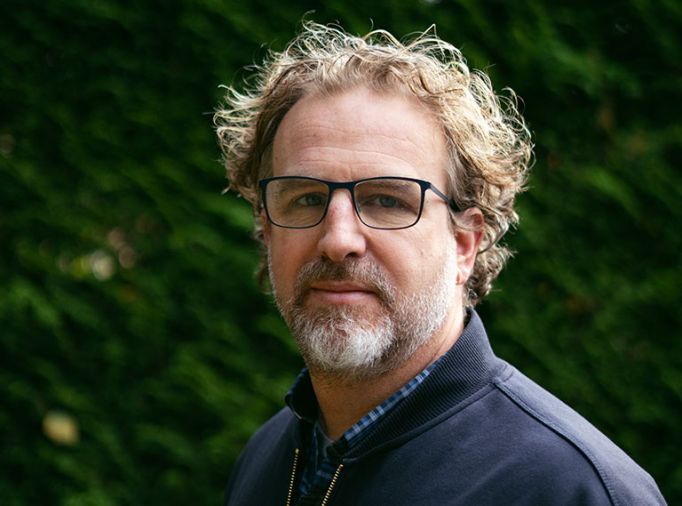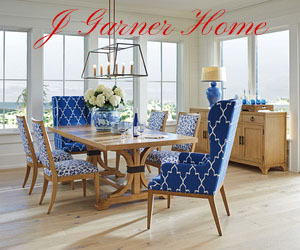How do you use the natural environment as inspiration for your architectural projects?
Growing up in the Pacific Northwest, I’ve developed a deep well of inspiration exploring the varied landscapes of our region. I’m still amazed by the beautiful sites our clients bring to us. Walking with clients on-site, our first goal is to find out what they love about the land. We typically also fall in love with the land as we become familiar with it over time. We see most of the houses we design as spaces that interact with these landscapes as opposed to objects that inhabit them. By extension, the surrounding outdoor spaces are often as important as the indoor ones.
How does starting from a foundation that “nothing is impossible” shape your work?
This belief comes from our mindset that the challenging aspects of a project often drive the best design solutions. We try to hold challenging things loosely and keep an open mind as we explore ideas and solutions. We bring this mindset to initial conversations with a client, letting their needs and desires shape our process. While there is a consistent level of thought and care to our work, we don’t let preconceived philosophies or style divert us from the best architectural solution to a client’s aspirations.
What is the process like to select materials that are efficient, sustainable, and harmonize with nature?
Materials play a big role in our design process. We’re always looking to use locally sourced materials that reflect the region, typically providing the added benefit of economy and sustainability. Being in the Pacific Northwest, we often use wood grown in this area in our interiors to create warm, inviting spaces and on our exteriors to reflect the natural setting. We have a deep bench of experienced architects that are researching products and constantly expanding our palette of materials as well.
Your firm is known for integrating structures into difficult terrain. How does the environment shape your design?
Our regional focus has exposed us to a myriad of tough environments – from the windswept rocky shores of San Juan Island, to mountainous snow country, to the sunbaked hills of Okanogan County. We’ve developed a host of key strategies to deal with these extreme environments that have been field-tested the last 30 years. We pride ourselves on buildings that are both beautiful and robust.
As you look to the future, are there any ideas you think should be front and center in the minds of residential architects?
Sustainability is always at the forefront of our mind. We incorporate it into all levels of the process from bigger decisions such as efficient plan layouts and thoughtful siting, to material choices and heating and cooling systems. With the increase in wildfires, “firewise” strategies are an important part of our site development and exterior material selection as well.
How does 30 years of experience in the Pacific Northwest shape and inform your design work?
Designing for dense urban areas, coastal sites and mountainous snow country in the Pacific Northwest has given us a wide breadth of experience in varied climates; we are able to apply this experience to similar environments throughout the country. Our open mindset also allows us to conform our process to whatever challenge comes into our office.
For more information visit: www.pbwarchitects.com







